Grab the Rlaarlo XTS-P12 at a Huge Discount – Smarter Play, Wilder Adventures!
( To Learn More Read The Full Review Below )
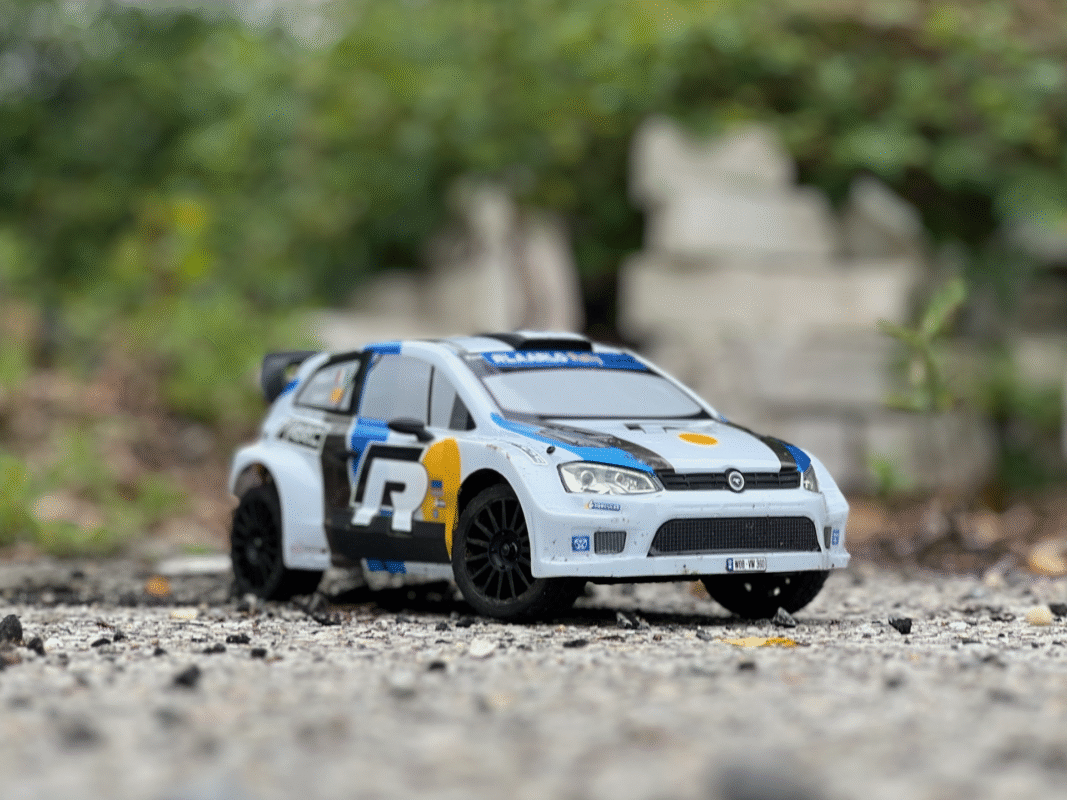
A radio-controlled rally car is only as good as it is fun. After all, what good is bashing a miniature version of a dream machine through its preferred terrain if it’s not enjoyable? For years the good options were pretty pricey, and now Rlaarlo thinks they can change that formula with the new XTS-P12. It has promising specs mated to a value-driven price, which leaves the important question: Is it fun? In short: Yes, enormously so. But it’s a little more complicated than that.
Click Below to Choose More Products.
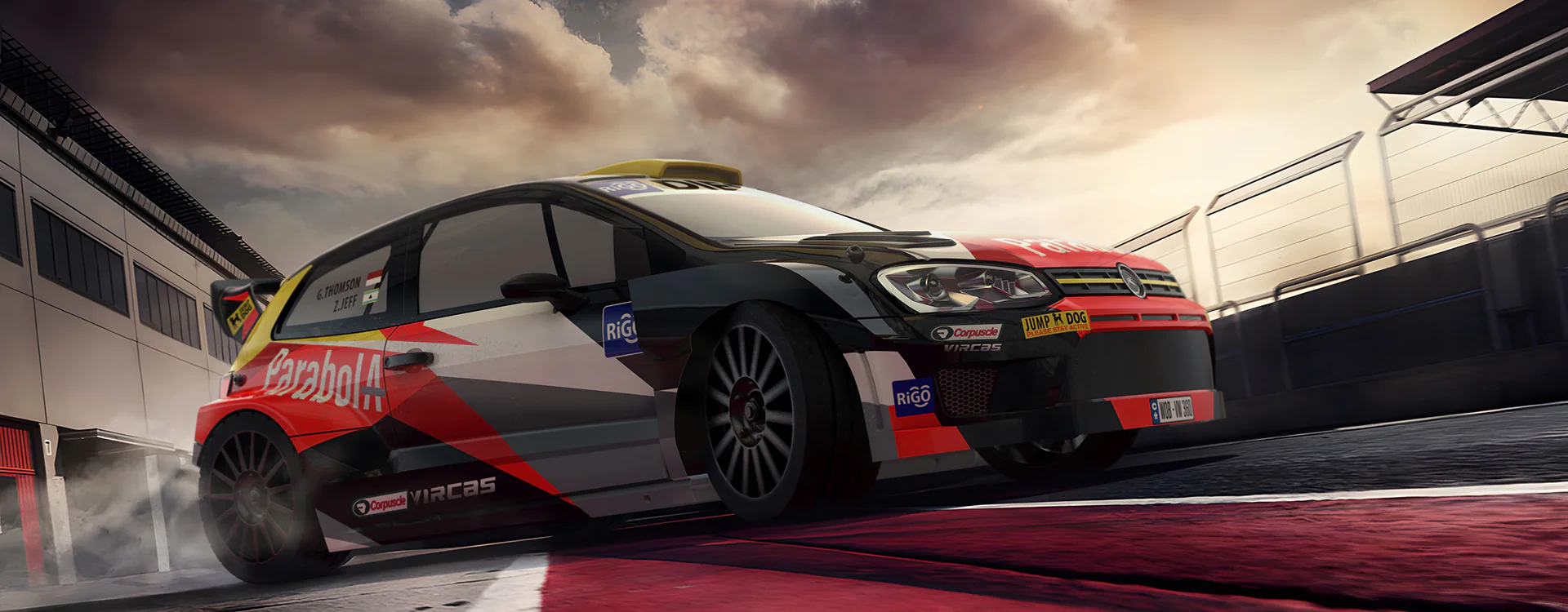
Right away, there’s plenty to appreciate about the XTS-P12—though admittedly, its name doesn’t exactly roll off the tongue. Fortunately, its design more than makes up for that, capturing the rugged, aggressive stance of a true rally car. On paper, it’s just as impressive: a 2845-3600KV brushless motor paired with a 45A ESC, an 11kg waterproof steering servo, a 3-cell 2200mAh LiPo battery, aluminum chassis, adjustable metal shocks, and all-metal differentials supporting full-time 4WD. Up front, there’s a skid plate and foam bumper to soften impacts. The battery included is an 11.1V 2200mAh 3S LiPo with an XT60 connector, which allows the car to reach speeds Rlaarlo claims are between 50–80 km/h (31–49.7 MPH), depending on gear selection. Best of all, it’s currently on sale for $189.99 (regular MSRP: $249.99), making it an attractive option for the price.
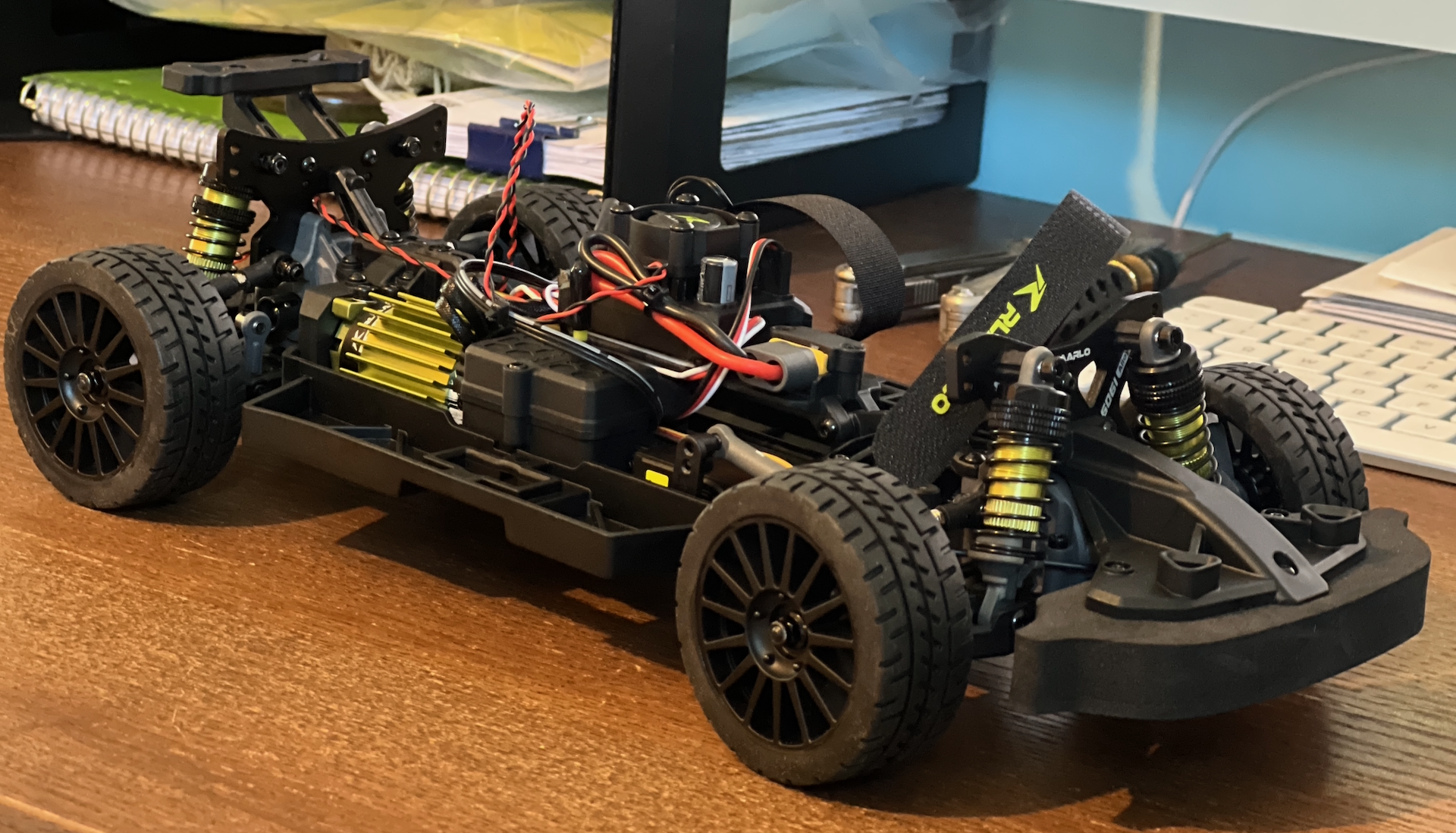
The XTS-P12 is a fully ready-to-run product and our test unit arrived with everything needed to get rallying, starting with the car and transmitter, a battery and corresponding USB charger, plus a battery for the transmitter and a USB charger for that as well. There’s also some tools and replacement parts, the latter which we thankfully haven’t had to use yet. We did use the provided tools (and our own set of hobby tools) to verify the tightness of screws, and found a few cosmetic body-related screws slightly loose, but crucially everything mechanical was screwed down properly from the manufacturer.
Car on desk, it was time to “install” the stickers. This was very much a choose-your-own-adventure ordeal, and we think the car looks great all liveried up. The “RRC” in WRC font is a neat hat-tip, and the tires feel grippy but still firm enough to let you know they’ll be good for sliding. Overall, we’re fans of how the XTS-P12 looks. That said, we’re not big fans of the transmitter which feels somewhat cheap in hand— there have to be concessions somewhere at this price point– and the body clips that we initially liked for their simplicity proved quite frustrating after the first use.
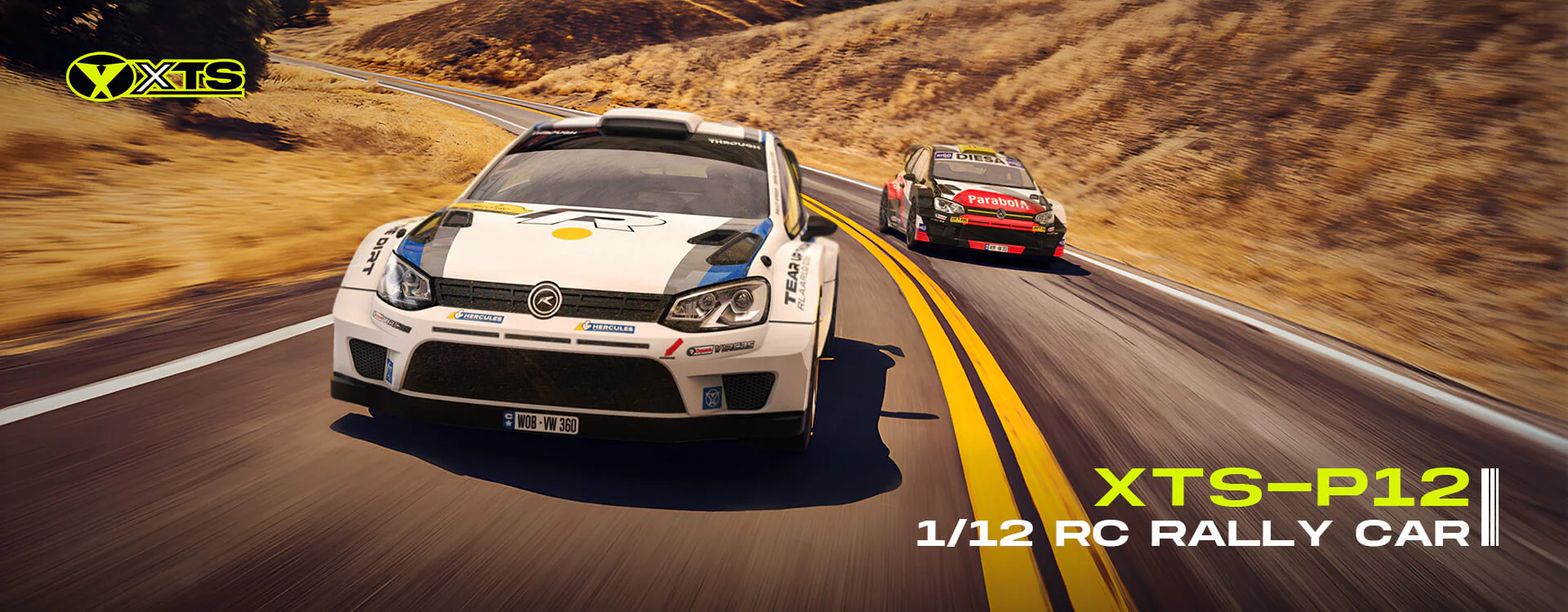
When it came time for the first run, we plugged in the light wires, powered on both the car and transmitter, and headed outside for a proper test. As the cooling fan kicked in—”sounds like it’s about to lift off,” as my wife put it—we started in the lowest speed setting, which limits the throttle to 50%. Surprisingly, that’s already more than enough for most users. Even at half throttle, the XTS-P12 takes off with real urgency—some YouTubers have clocked it at up to 33 MPH in this mode alone. It slides effortlessly, and yet this isn’t even scratching the surface of what the P12 is capable of. Make no mistake—this isn’t a car suited for indoor use unless your “indoors” is something massive like a skatepark or a parking garage.
Included stickers that say “Tear Up The Dirt” aren’t just for show—once you increase the throttle, the XTS-P12 transforms. Switching to 75% throttle instantly ups the intensity, turning the experience from “easy fun” to “barely controlled chaos.” The car drifts and skids all over the place, often unpredictably, leaving you laughing and scrambling to regain control.
That’s where the built-in gyroscope really earns its keep. It helps maintain directional stability, attempting to keep the front of the car pointing where you actually want it to go. For most users, especially when running at higher throttle levels, activating the gyro is practically essential. The faster you go, the more crucial that onboard stabilizer becomes to keep the ride fun rather than frustrating.
At 100% available speed, even experienced RC drivers will have a hell of a time keeping the XTS-P12 in a straight line. It doesn’t just rip; with all of its potential unrestrained, the Rlaarlo almost wants to jump out of its own skin. Especially from a launch of when flooring the accelerator at low speeds, this car freaking flies, the rally car body thankfully not creating any lift; any different, and it would literally take flight. Rlaarlo says it’ll do 80 KM/H, or just a hair shy of 50 MPH, though that is unconfirmed; JayTee RC only managed 43 MPH in his test, but at that speed– and given how this thing is meant to be driven– it makes little difference. Even real WRC cars aren’t meant for outright top speed, especially when it comes to how big your smile is when ripping around a given space.
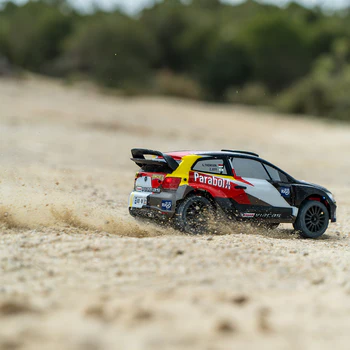
Throw the XTS-P12 into a corner—even on smooth pavement—and it has so much torque that it’ll break traction instantly, sliding with dramatic flair and kicking up dirt like a scaled-down WRC machine. If you’re after a bit more control, the built-in gyroscope is your best friend. Activated by pressing and holding a button on the transmitter, it becomes essential when running at full 100% throttle. Think of it as a kind of traction or stability control—except instead of dulling the fun, it strikes a nice balance by allowing plenty of drift. You can still whip the car into effortless donuts even with it enabled.
If you’ve got a DIY rally course set up, keeping the gyro active will give you better precision and stability through tight turns. But for casual bashing sessions or when you just want to let loose, you can switch it off and enjoy the chaos—spins, drifts, and all the high-energy antics of your own miniature Gymkhana routine.
That said, we did notice a few minor drawbacks. First, the absence of fender liners means that debris from whatever surface you’re driving on tends to get flung directly into the chassis, coating the motor, electronics, and internal components. It’s not a deal-breaker, but some added protection here would go a long way.
Second, while the stock tires provide solid performance, the outer edges of the tread tend to chip or tear rather easily when pushing the car hard. It’s something to keep in mind if you plan on frequent high-speed sessions.
Lastly, the reverse gearing feels off. At 50% throttle, the car barely moves backward at all, and even at 100%, reverse speed is noticeably sluggish compared to forward. It’s functional, but far from balanced.
One lingering concern is durability—though it’s worth noting that our test unit appears to be an early production, or possibly even late pre-production, model. So, take the following issues with a grain of salt.
After our third outing, we noticed that some components originally glued to the chassis tray were starting to come loose. While this is a relatively simple fix, it’s not something we’d expect to deal with on a finalized retail version.
A few sessions later, a more serious issue cropped up: the car suddenly lost the ability to move forward or in reverse. After tearing down the drivetrain, we discovered that the motor’s spur gear had been completely stripped. Fortunately, this isn’t a major or costly repair. We’ve reported the issue to Rlaarlo and, given the timing, we’re inclined to attribute it to early-production teething problems.
